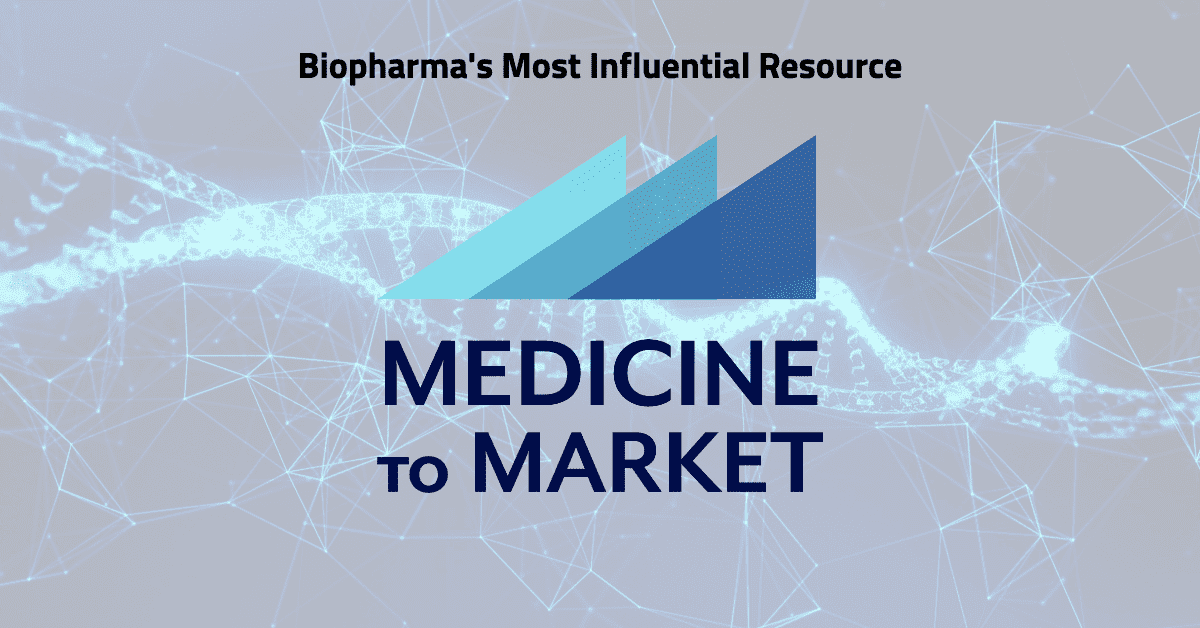As the pharmaceutical industry navigates the challenges and opportunities of the post-pandemic era, the financial landscape is set for a potential surge in mergers and acquisitions activity in the second half of 2024. With depressed valuations of high-potential biotech and pharmaceutical companies, Big Pharma is poised to capitalize on these opportunities, leveraging their substantial cash reserves and access to credit to further consolidate their market dominance.
The pharmaceutical industry is a massive business sector, with annual revenues expected to reach $1.5 trillion in 2023, according to the International Federation of Pharmaceutical Manufacturers & Associations. The industry is characterized by high profit margins, often exceeding 20 percent, with Johnson & Johnson, Pfizer, and AbbVie leading the pack. These companies invest heavily in research and development (R&D), with giants such as Novartis and Roche boasting over 150 drugs in various stages of their pipelines.
Mergers and acquisitions have become increasingly common among pharmaceutical companies in recent years. Large-scale transactions, such as Bristol-Myers Squibb’s $74 billion acquisition of Celgene and AbbVie’s $63 billion purchase of Allergan in 2019 and 2020, have reshaped the industry landscape. These deals allow companies to expand their product portfolios, access new markets, and streamline operations, ultimately driving growth and profitability.
The pharmaceutical industry’s practice of providing financial payments to physicians has come under scrutiny in recent years. Research has shown that personal financial payments, mostly in the form of cash, are consistently associated with increased prescribing and a higher likelihood of using lower-value drugs. Over half of physicians received industry payments between 2015 and 2017, with the percentage exceeding 80% in many specialties, such as medical oncology and orthopedic surgery. In 2018 alone, $2.18 billion was spent on industry payments to physicians in the United States. These practices raise concerns about the inappropriate influence of commercial interests on medical practice and the quality of care provided to patients.
Big Pharma companies are currently holding significant cash reserves and benefiting from tax credits, enabling them to invest in research, product development, and potential acquisitions. Changes to tax laws in 2018 have positively impacted Big Pharma by providing access to foreign cash balances without negative tax consequences. This financial strength positions these companies to take advantage of acquisition opportunities and further solidify their market dominance.
The pharmaceutical industry is expected to maintain a stable credit outlook in 2024, with revenue growth mitigating pressures and substantial ongoing investment required to offset the expiration of patents and constrain spending on prescription drugs. However, smaller pharmaceutical companies face different challenges compared to Big Pharma, with less capacity for significant debt-financed acquisitions and greater focus from lawmakers and pharmacy benefit managers.
The second half of 2024 presents a unique opportunity for Big Pharma to increase their mergers and acquisitions activity, taking advantage of depressed valuations of high-potential companies. As smaller pharmaceutical companies struggle to navigate the challenging landscape, Big Pharma can leverage their financial strength to acquire promising assets and expand their product portfolios. This consolidation trend is likely to reshape the industry landscape, with fewer players controlling a larger share of the market.
The pharmaceutical industry is poised for a potential wave of mergers and acquisitions activity in the second half of 2024, driven by Big Pharma’s financial strength and the depressed valuations of high-potential companies. While this trend may lead to further consolidation and market dominance by the industry’s largest players, it also raises concerns about the impact on patients, healthcare providers, and the broader healthcare system. As the industry evolves, it will be crucial to strike a balance between innovation, profitability, and the ethical delivery of high-quality care to patients worldwide.

